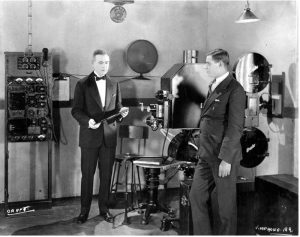Mascara behind the lens
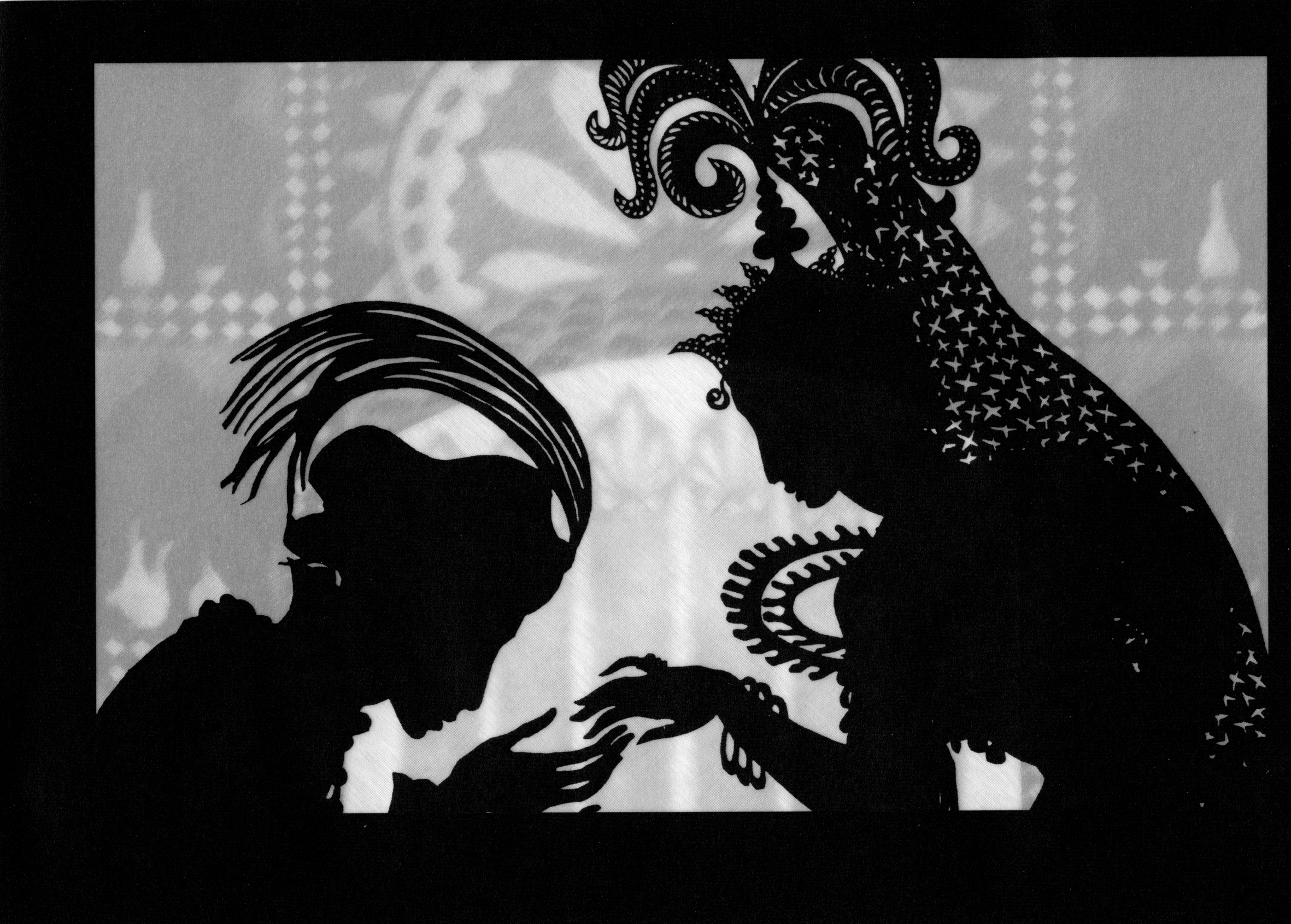
A few days ago I opened a book about Cinema history. It was a famous director listing the different individuals who came before him and inspired him in his own productions. A classic thing to do for a well-known artist. Interested, I looked at the list of names, some of which I knew. But then it struck me: I couldn’t find any women’s name in it. Maybe one or two tops among over twenty male names. Yet I know that women are part of this history. The cinema is a young practice. It was born at the turn of the twentieth century which means that historians are able to gather a lot of figures and to reconstitute precisely its evolution.
Are women not involved in the establishment of this new discipline then? Of course they are. As always, we just forgot them. We can say that this is because history is made by men. Partly true, but the point is: where are the women in the book? I’m stating the obvious here. Nowadays, we all know that women have been invisibilized. Yet it’s important to say that some major innovations in cinema were brought by women. They were pioneers, just like men. History has made them the hidden figures, that’s all.
Try to think of all the female directors you know. Some recent names might come to mind but how many in total? And to go further, do you know any woman active in the earliest days of cinema? In the same way, we instantly think about the Lumière Brothers as the inventors of the medium, the name of Alice Guy should pop up when talking about the first filmmakers. Unfortunately, her name has just begun to be reborn from its ashes when some recent studies decided to dust off the history of cinema. Born in 1873, she was secretary for Léon Gaumont at the turn of the twentieth century. At first, Gaumont was only selling photographic and then cinematographic material. But to increase the sales, Alice Guy convinced him to offer short films to the clients as a demonstration of the machines’ quality. When he finally agreed to let her try, she was 23. That’s when she staged cinema’s first fiction movie, The Cabbage Fairy (1896). Gaumont was convinced and decided to create a specific branch in the firm directed by Miss Guy dedicated to camerawork. She was responsible for the development of every movie genre produced by the firm until 1907. For instance, she was also the first one to direct a peplum film, Life of Jesus Christ, in 1906. Interested in the technical innovations making their appearance in the cinema world, she also directed several phonoscènes between 1902 and 1906 which was the first attempt at including a recorded sound in the film.
Peplum: refers to a historical fiction in which the action takes place during the Antiquity.
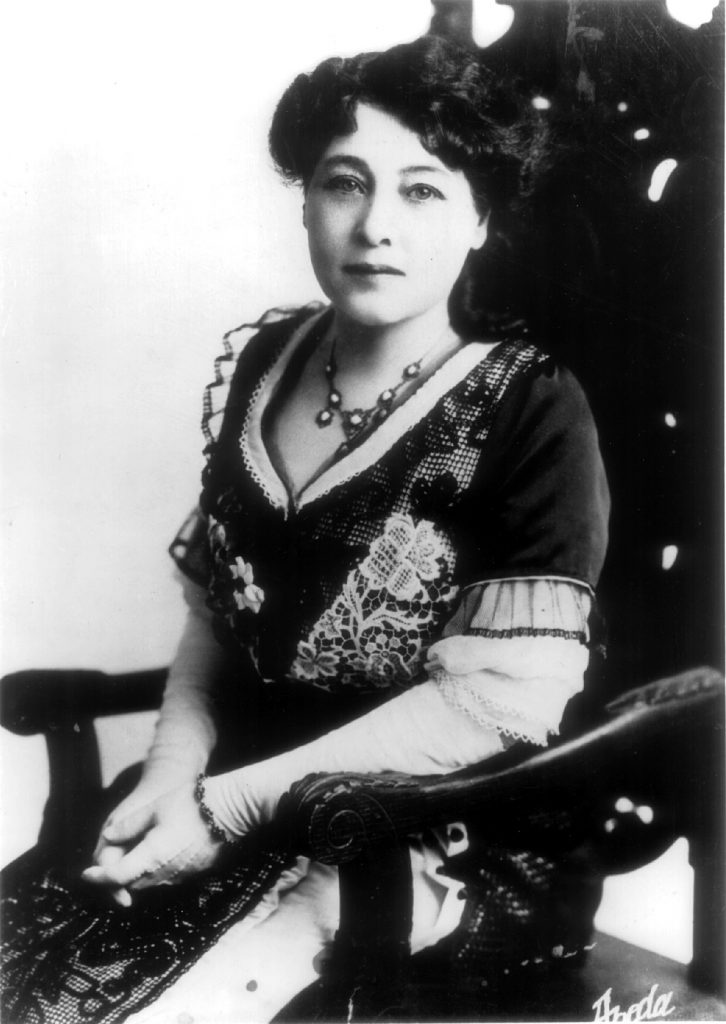
After ten years working as a film director in France and helping Gaumont’s firm become one of the biggest movie production companies in the world, she moved to the United States with her husband in 1907, leaving Louis Feuillade in her place. There she created her own firm. Its name wouldn’t ring a bell nowadays, but it was nonetheless one of the most modern studios in the US at that time and Alice Guy was the best-paid woman in the country. Her work reveals her particular interest in female characters. She shows women in action and not as objects of seduction which gives a new look at the representation of women in cinema. One of her movies, The Results of Feminism, even inverses the social roles showing men acting like women (cleaning the house, putting flowers in their hairs, doing all the chores…) while women are drinking and smoking at the bar. She also showed a pregnant woman as the leading part of one of her movies which is extremely rare even in today’s productions. So she was a precursor not only in her technique but also in the way she told her stories. Unfortunately, her career ended rather badly. Her husband left her, leaving his debts behind, she was forced to close the studio and she stopped working in the cinema industry.
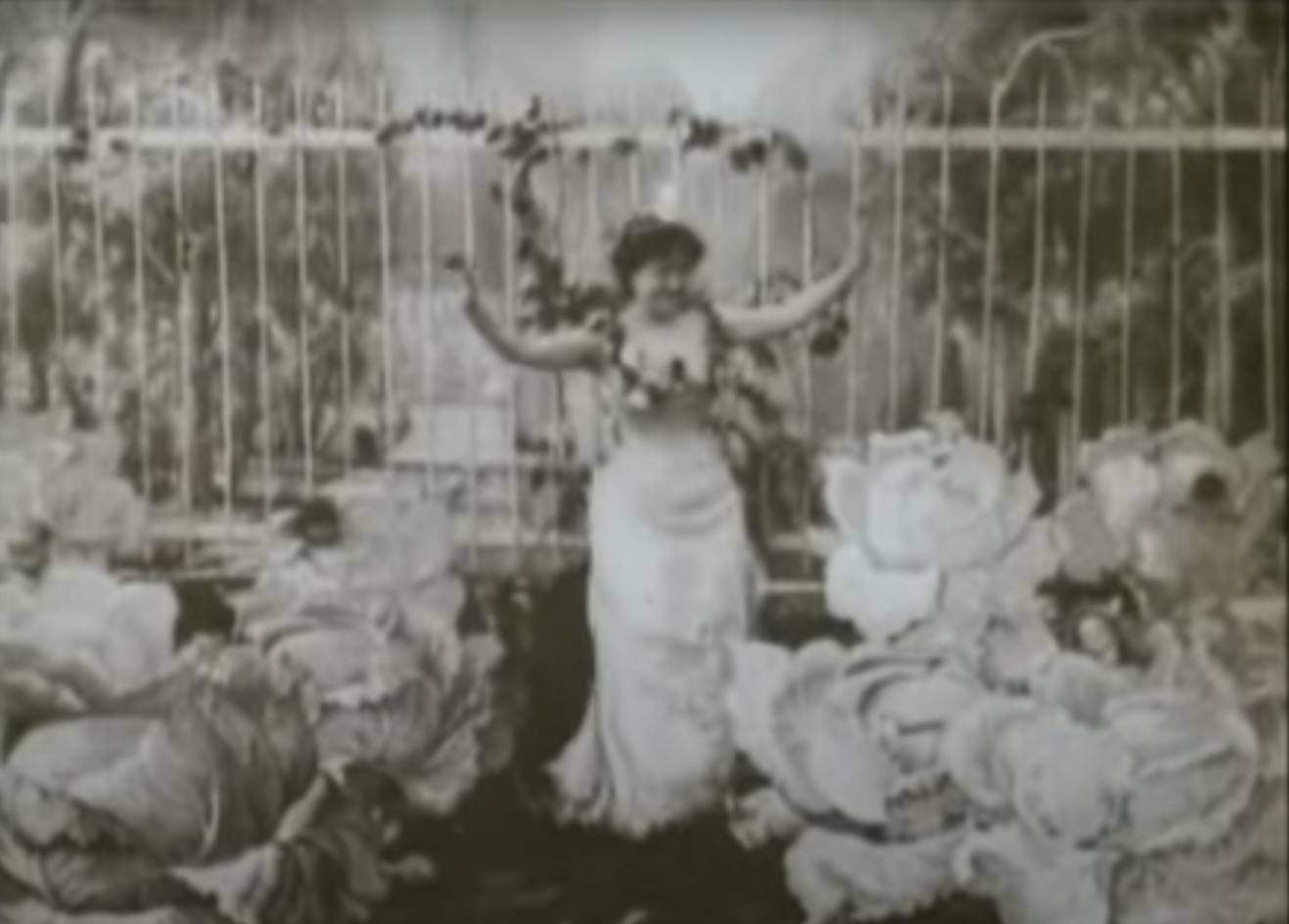
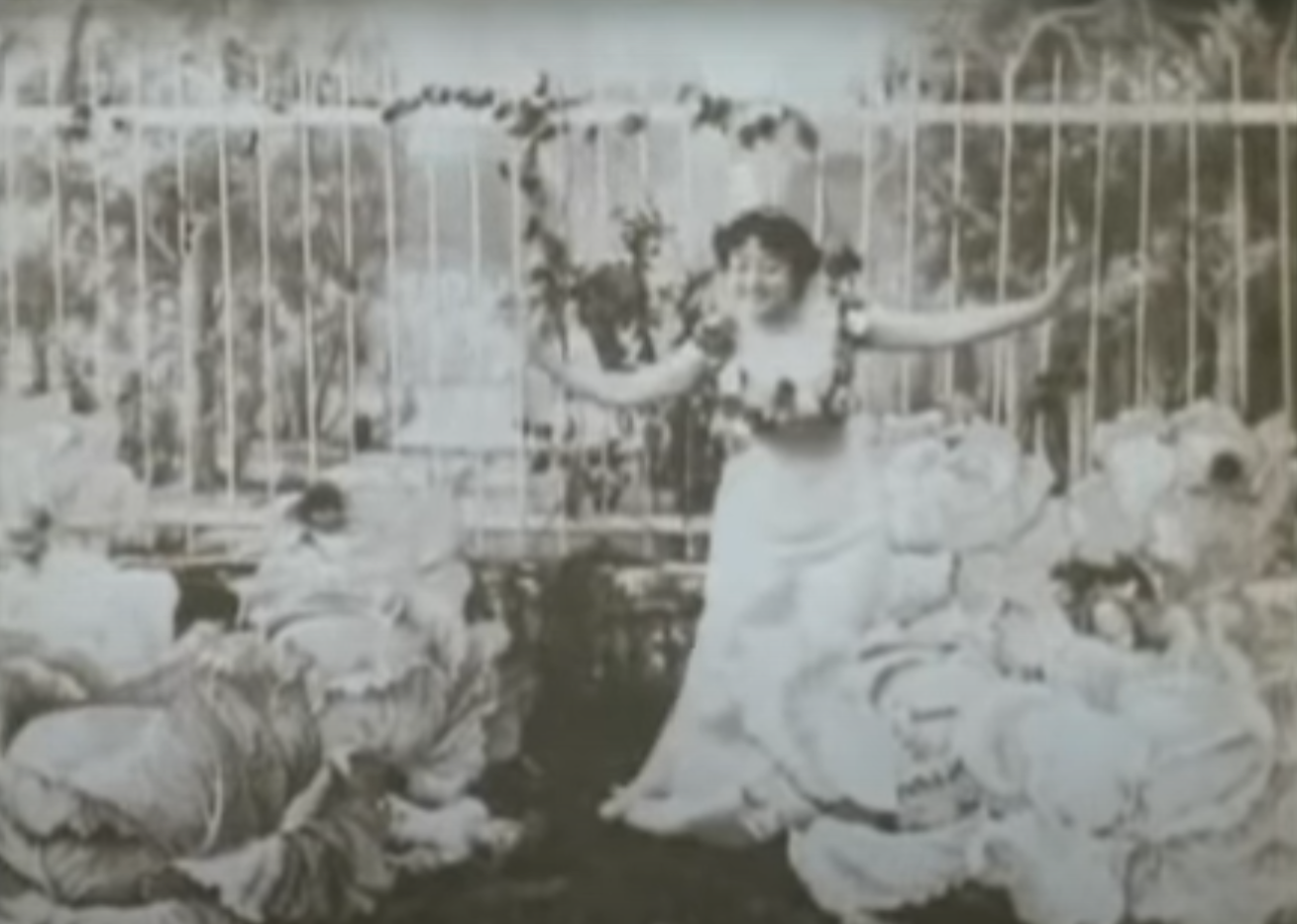
The Cabbage Fairy
Cinema is considered to be the closest art to daily life. The means of representation have a lot of influence when it comes to cinema. The way we see the characters on screen affects our vision of society. Through the male-gaze, women were shown (and are still shown today) as objects of seduction. The archetype of the femme fatal, also called the vamp, was soon created and this way of showing a female’s body influences a lot how women are seen by men but also by themselves. This is an issue mostly due to the fact that women are filmed by men. However, we need to ask again: why are there so few women behind the camera? Before the emergence of Hollywood and even after it became the home of the most important American studios, women were involved in this industry. A lot of them were screenwriters but they could also film, mostly before a director authorship was recognized. Because then, it didn’t matter who was behind the camera. It might as well be a woman. But when we decided that the director was the artist, it became a position too important to be occupied by women. Concerning the US, some names remained for the first decades of the twentieth century such as Mary Pickford, Lois Weber or Alice Guy, whom we talked about. If we look further in the timeline, there are filmmakers such as Agnès Varda or Sofia Coppola. Half of the students in cinema schools are women. But they disappear somewhere between the classes and when it comes to building a career, because they do not have the necessary support. A lot of female directors stop in their first movie. No wonder 88% of directors in Hollywood are men. Besides, women are paid 42% less than a male director. Surely this is not encouraging.

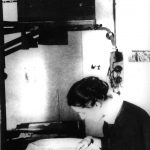
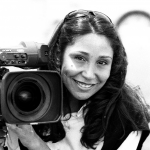
Consequently, the innovations brought by women tend to be forgotten facing the overwhelming majority of men in this medium. Did you know that the first successes of Charlie Chaplin were directed by a woman? Her name is Mabel Normand. She was a Hollywood actress working for the Keystone in the 1910s and ‘20s. Interested in directing, she worked with Mack Sennett, himself a successful comedy film director for the same studio. Another figure among the pioneers is Lotte Reiniger, a German artist who worked from the 1910s to the 1970s. She created the first European animated film. After several years of working for Paul Weneger, she put together her own movie called The Adventures of Prince Achmed projected in 1926. The tale is inspired by The Book of One Thousand and One Nights and is entirely made in Chinese shadows. It is considered a masterpiece and influenced well-known directors such as Michel Oslo. A final example would be Haifaa al-Mansour. She filmed the first movie produced in Saudi Arabia. Her work began in 2004 but cinema was forbidden in the country until 2018. And her movie Wadjda was the first to be ever produced there. She focuses on stories of women trying to escape the condition that was imposed on them. These are a few examples of “firsts” in cinema history for which women were responsible.
Of course, there are more of them and of course, it would be impossible to list them all in one article. But I would like to end this with a note of optimism. Several pieces of research are made around these women who build history and movements of recognition are taking form. For instance, in France, a yearly International Women’s film festival is organized for 29 years in Créteil (near Paris) to promote women directors from around the world. Since 2018, the Alice Guy’s Price has been created to reward the best female director of the year. Moreover, women’s voice progressed for the past few years. Female artists are more listened to and they have more liberty to present their vision. Even if there is still a lack of trust in women’s capacity, resulting in women having fewer funds for their production, a general recognition is emerging.
